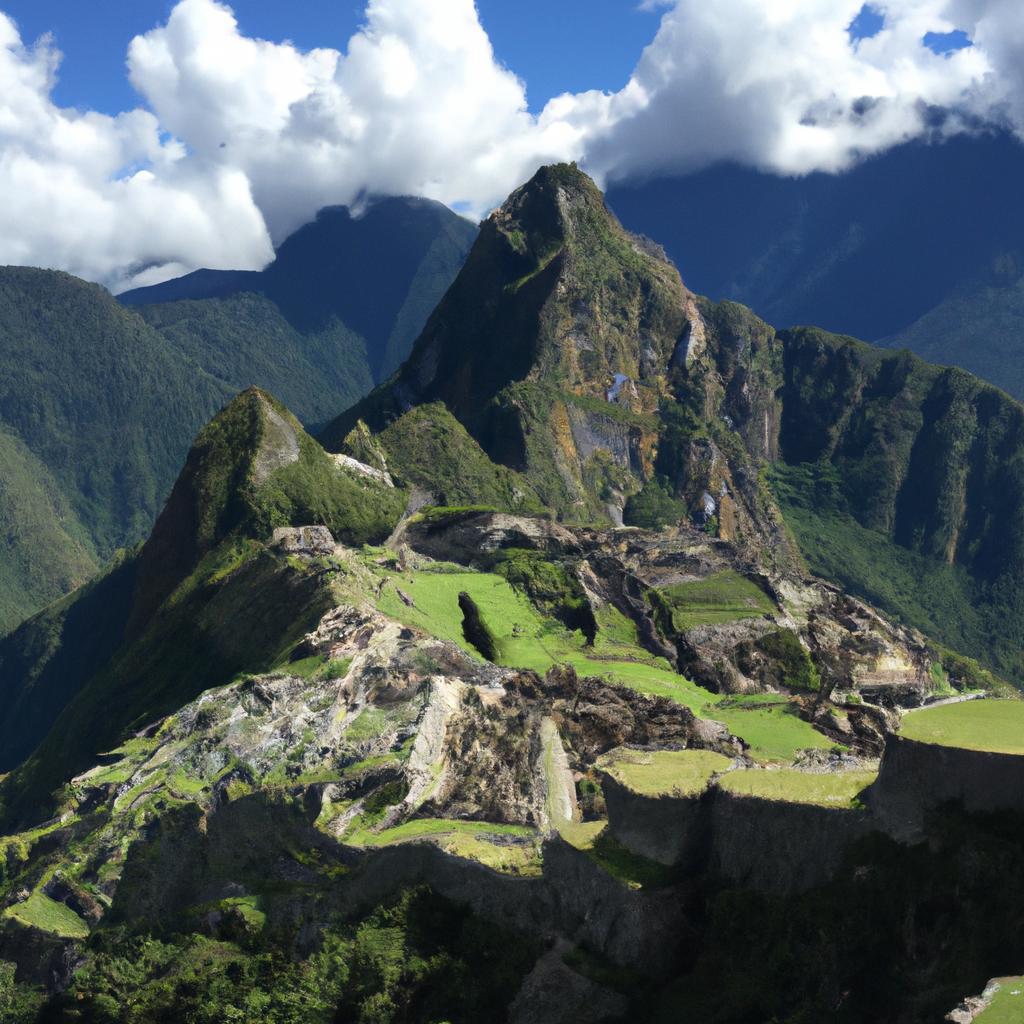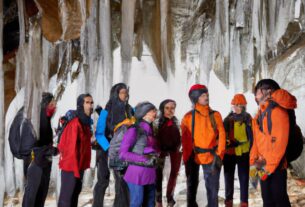Are you searching for a travel destination that is brimming with history, culture, and natural beauty? Look no further than Machu Picchu, Peru. This ancient citadel, nestled high in the Andes Mountains, offers an unforgettable experience for every traveler. From breathtaking vistas to awe-inspiring ruins, Machu Picchu has it all.
Getting to Machu Picchu
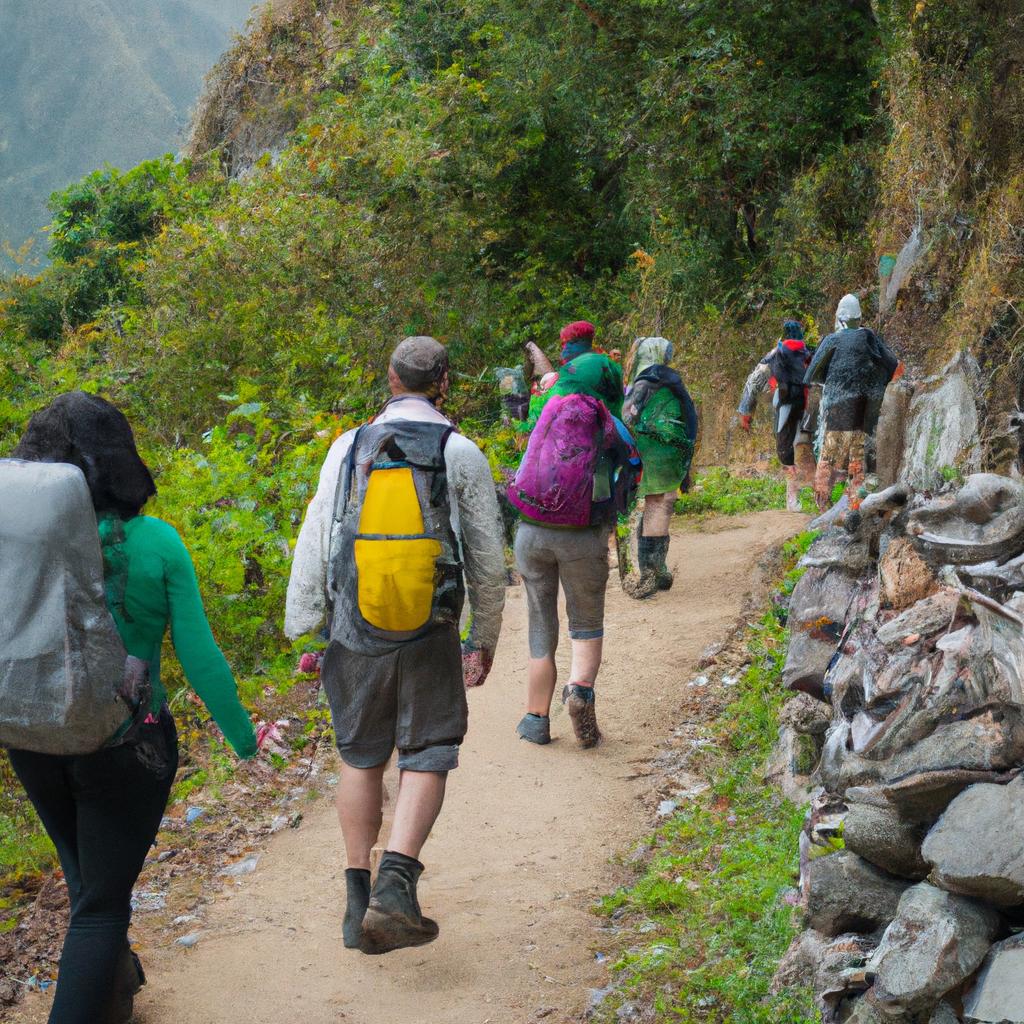
Getting to Machu Picchu is an adventure in itself. You have several transportation options available, including trains, buses, and hiking trails. The most popular route is taking a train from Cusco, a city in southeastern Peru, to Aguas Calientes, the town at the base of Machu Picchu. From there, you can hop on a bus that will take you up the winding road to the entrance of Machu Picchu.
For the more adventurous souls, there are several hiking trails that lead to Machu Picchu. The renowned Inca Trail is a four-day trek that takes you through mesmerizing landscapes and ancient ruins. Other options include the Salkantay Trek and the Lares Trek.
No matter how you choose to get there, it’s crucial to plan ahead and make reservations in advance. Due to its popularity, the number of visitors to Machu Picchu is limited, and tickets tend to sell out quickly. Additionally, keep in mind that acclimating to the high altitude is essential as Machu Picchu sits at nearly 8,000 feet above sea level.
When planning your visit, consider the time of the year. The peak season for Machu Picchu is from June to August, but the rainy season lasts from December to March. April and May, as well as September and October, generally offer the best weather and smaller crowds.
In summary, reaching Machu Picchu may require some careful planning, but the journey is undeniably worth it. Whether you opt for the train or embark on a thrilling hike, the stunning scenery and ancient ruins of Machu Picchu will leave you breathless.
Exploring Machu Picchu
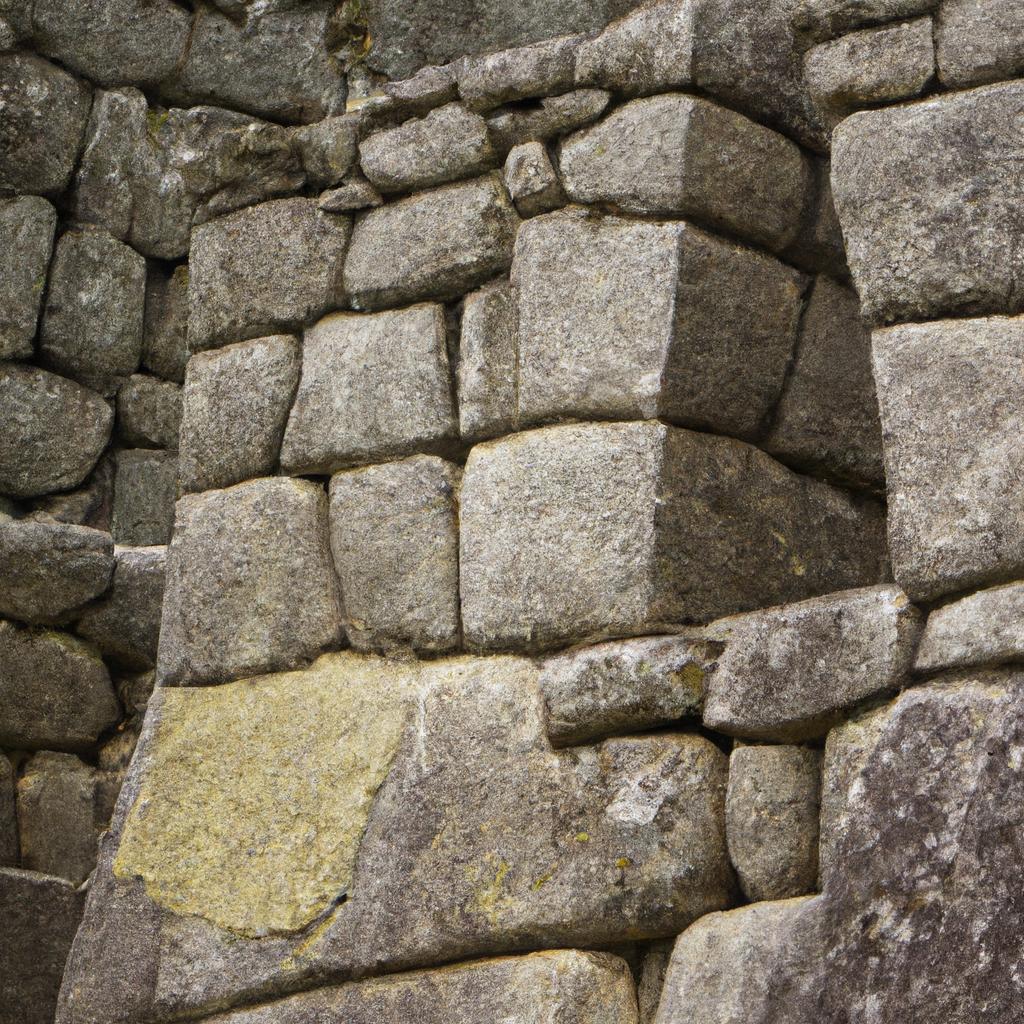
Once you set foot in Machu Picchu, a treasure trove of exploration opportunities awaits. The site is divided into two main sectors: the urban sector and the agricultural sector. The urban sector comprises temples, palaces, and living quarters for the Inca elite. On the other hand, the agricultural sector showcases terraces, gardens, and irrigation systems used for crop cultivation.
One of the most popular hiking trails within Machu Picchu is the Huayna Picchu trail. This steep climb rewards hikers with panoramic views of the citadel from the mountain’s summit. Other renowned hiking trails include the Machu Picchu Mountain trail and the Sun Gate trail, which offers a glimpse of a breathtaking sunrise over the site.
Consider taking a guided tour of Machu Picchu to delve deeper into its history and significance. English-speaking guides are available on-site, or you can arrange for a tour in advance.
To make the most of your visit, be mindful of the time of day. While Machu Picchu is open from 6 am to 5 pm, the busiest hours are typically between 10 am and 2 pm. For a more peaceful experience, consider arriving early in the morning or exploring later in the afternoon.
Cultural Significance
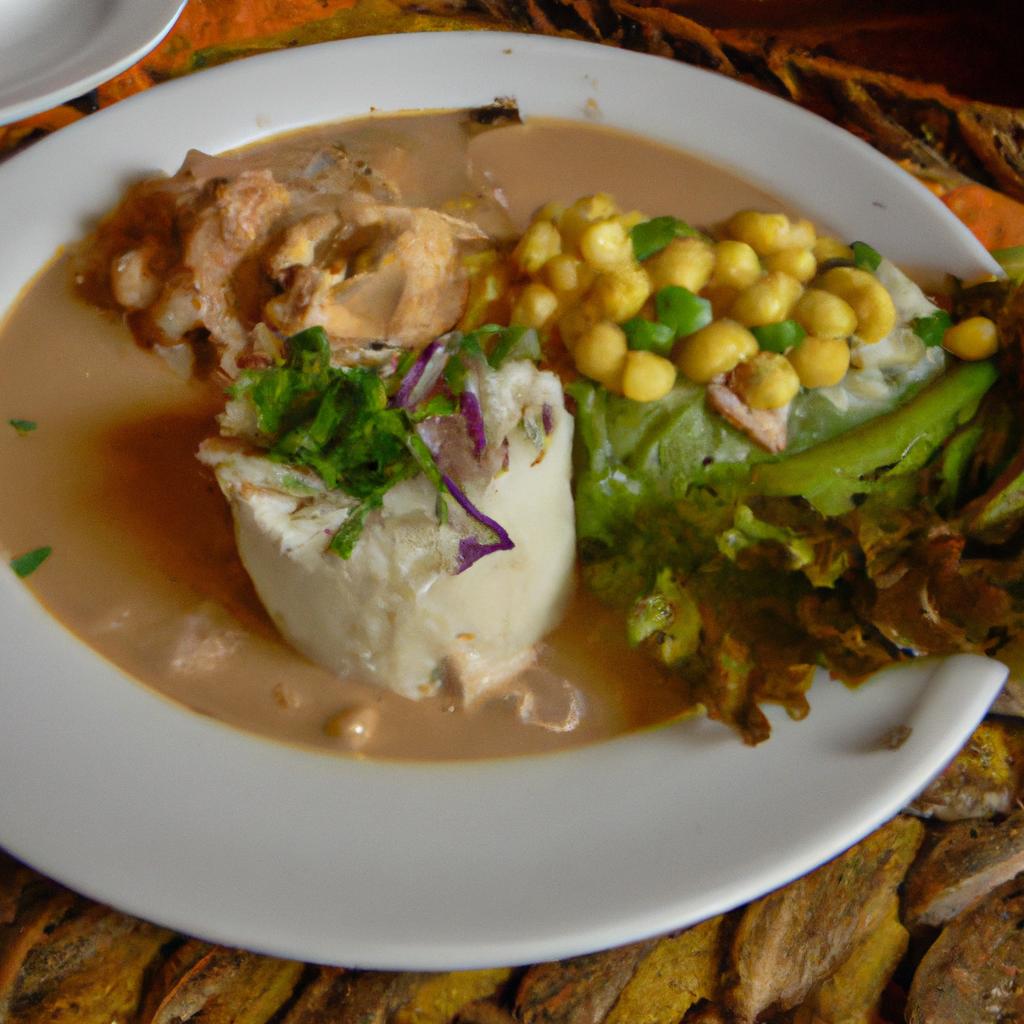
Machu Picchu is not just another beautiful tourist destination; it holds immense cultural and historical importance. Constructed by the Inca civilization in the 15th century, Machu Picchu was once part of the largest empire in pre-Columbian America.
This site served as a sanctuary for Inca rulers and their families, as well as a place of worship for the gods. However, after the Spanish conquest of Peru in the 16th century, Machu Picchu was abandoned and remained hidden from the outside world until its rediscovery in 1911 by American archaeologist Hiram Bingham.
Presently, Machu Picchu is cherished as a symbol of Inca culture and proudly stands as a UNESCO World Heritage Site. The Peruvian government has implemented stringent measures to protect the site, including limiting the number of daily visitors and enforcing strict preservation standards.
When visiting Machu Picchu, take advantage of guided tours and on-site exhibits to fully appreciate its cultural significance. Remember to respect the site’s history and significance by adhering to all rules and regulations during your visit.
Accommodations and Dining
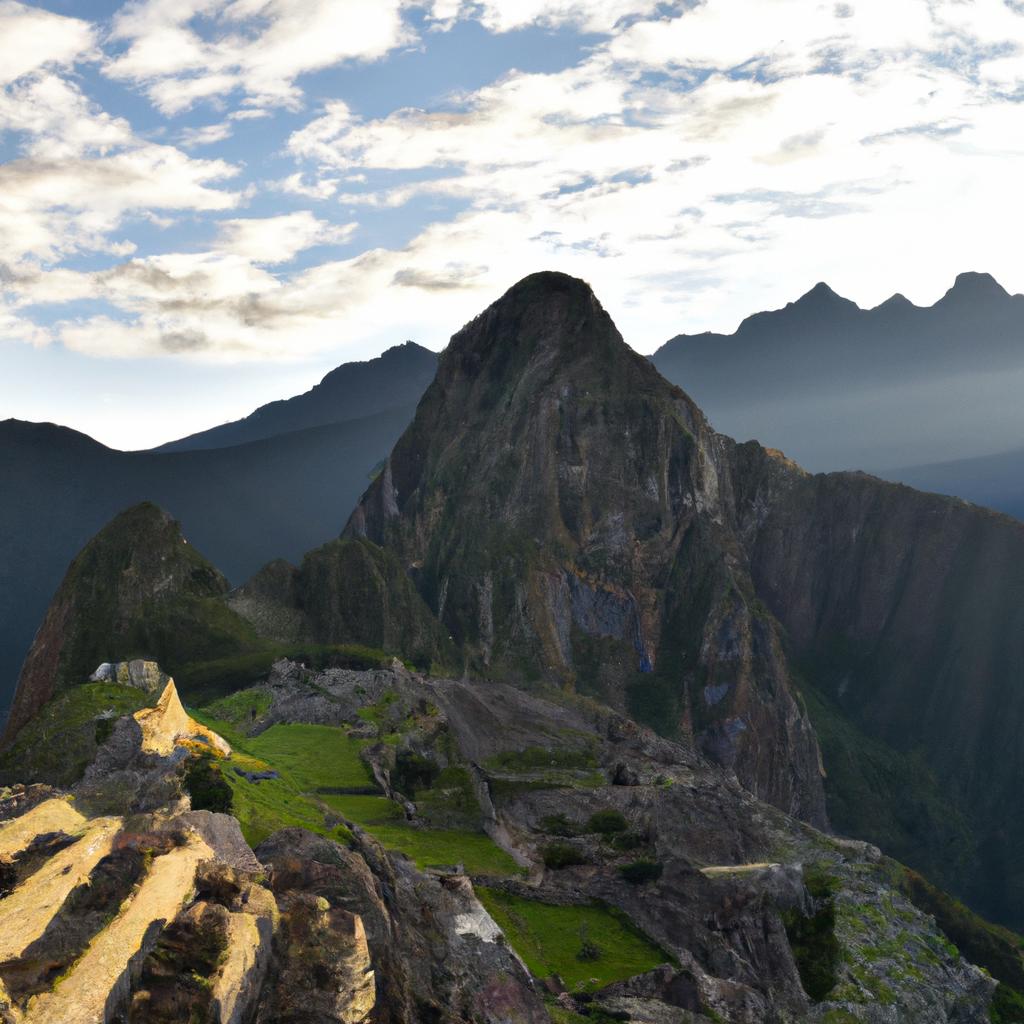
After an exhilarating day exploring Machu Picchu, finding a cozy place to rest and recharge is essential. Fortunately, there are various accommodations and dining options available in the area.
For those seeking luxurious experiences, Aguas Calientes boasts several high-end hotels, including the Belmond Sanctuary Lodge, situated right at the entrance of Machu Picchu. Budget travelers will find numerous hostels and guesthouses in town as well.
When it comes to dining, be sure to sample traditional Peruvian cuisine, renowned for its bold flavors and fresh ingredients. Treat your palate to ceviche, a delectable seafood dish marinated in citrus juice, or lomo saltado, a mouthwatering stir-fry featuring beef and vegetables. Aguas Calientes hosts several restaurants specializing in Peruvian cuisine, such as Indio Feliz and Gringo Bill’s.
Planning Your Trip
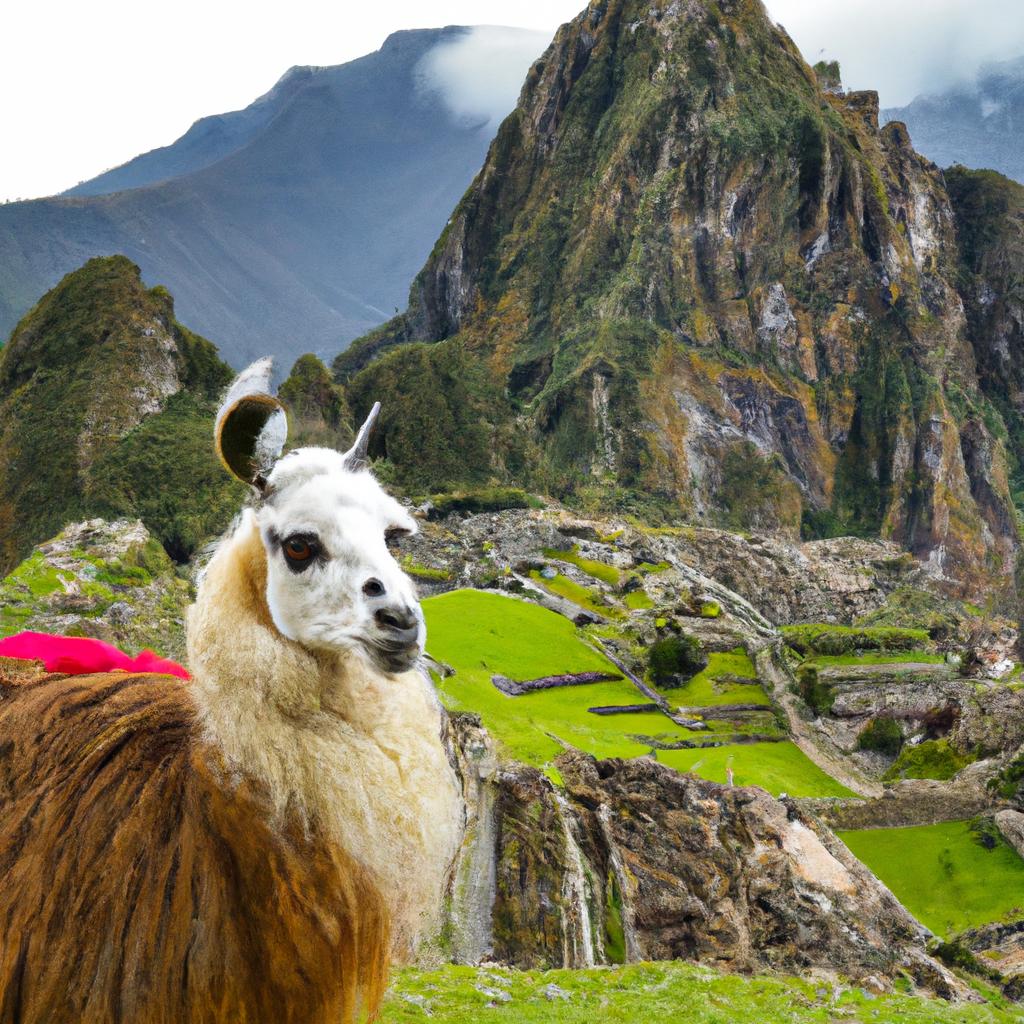
When organizing your trip to Machu Picchu, consider your budget and travel preferences. Here are some helpful tips to assist you in planning your unforgettable journey:
- Budget for transportation, accommodations, and activities in advance. Machu Picchu can be expensive, so ensure your financial plan aligns with your expectations.
- Consider booking a tour. A tour operator can help you navigate transportation and logistics while providing valuable insights into the history and culture of Machu Picchu.
- Pack appropriate clothing. The weather in Machu Picchu can be unpredictable, so be prepared with layers and rain gear.
- Show respect for the environment and the local culture. Machu Picchu is a sacred site, and visitors should be mindful of their impact on the surroundings and the community.
- Prioritize safety. Machu Picchu can present challenges for some travelers, so take precautions to stay safe, such as staying hydrated and avoiding altitude sickness.
Overall, a trip to Machu Picchu is a once-in-a-lifetime experience. With careful planning and adequate preparation, you can fully immerse yourself in the breathtaking wonders this destination has to offer.
To learn more about TooLacks, visit TooLacks.
